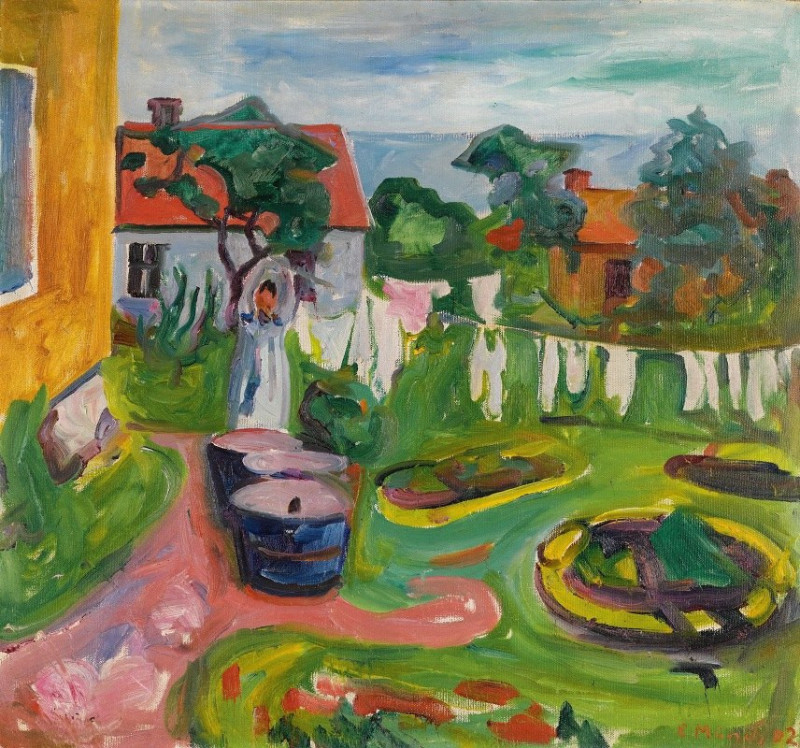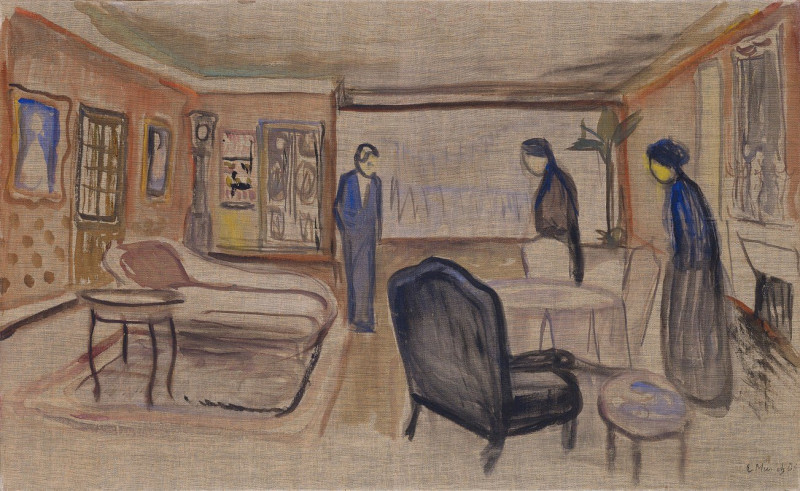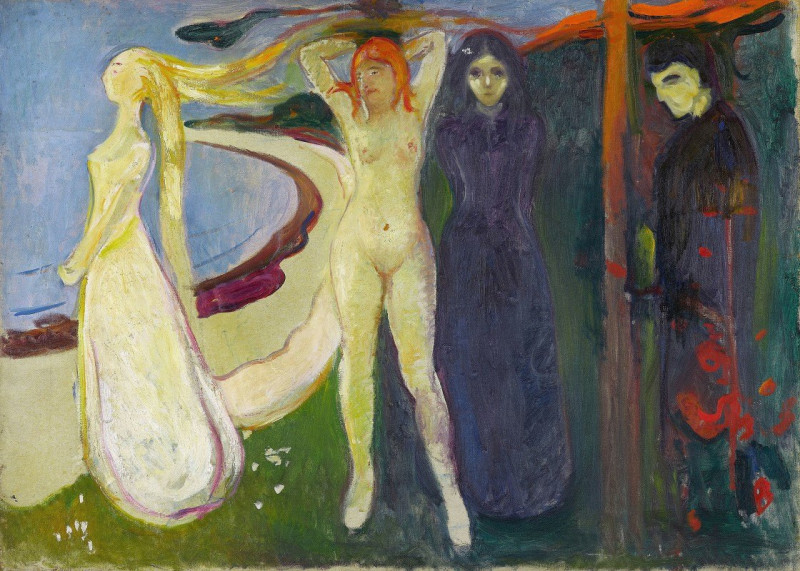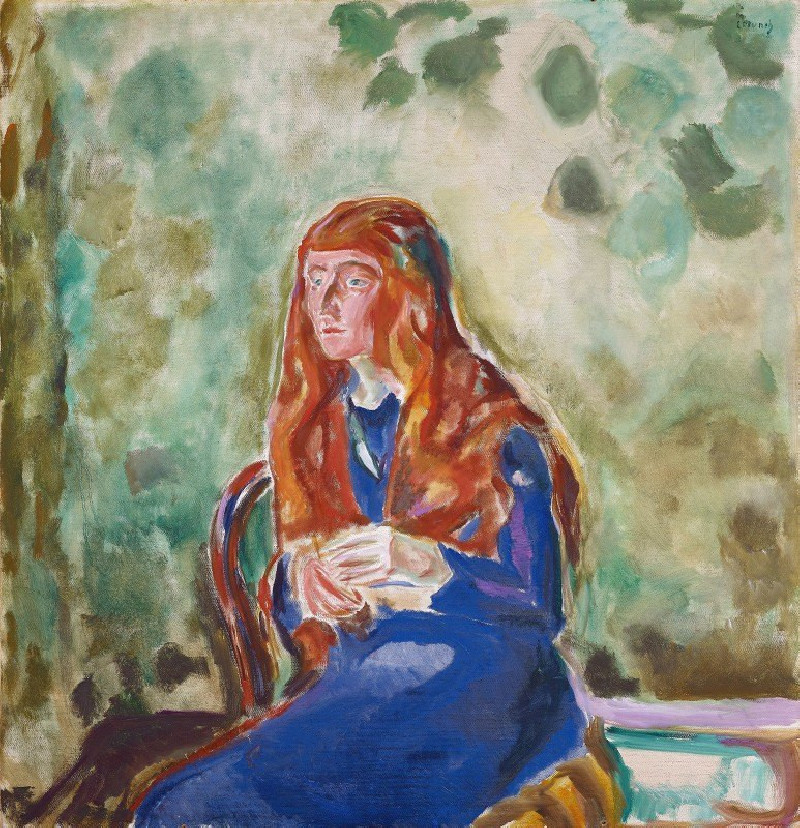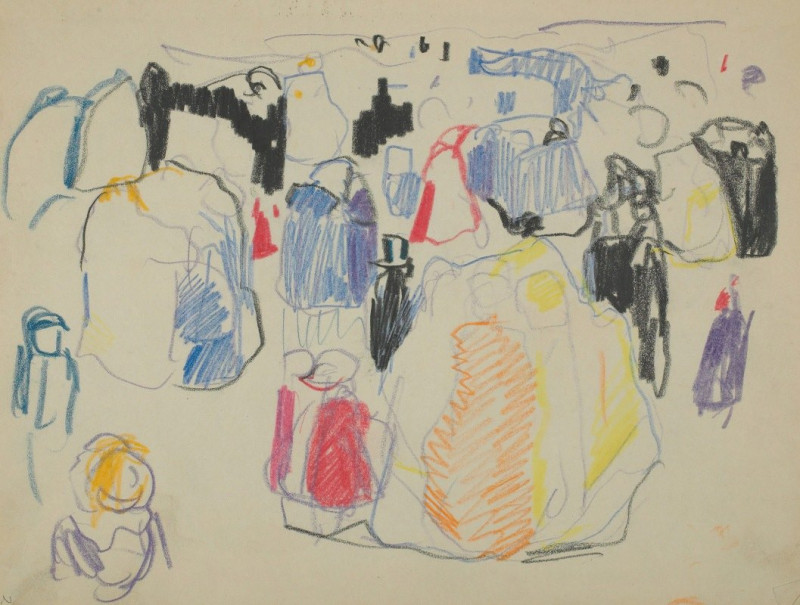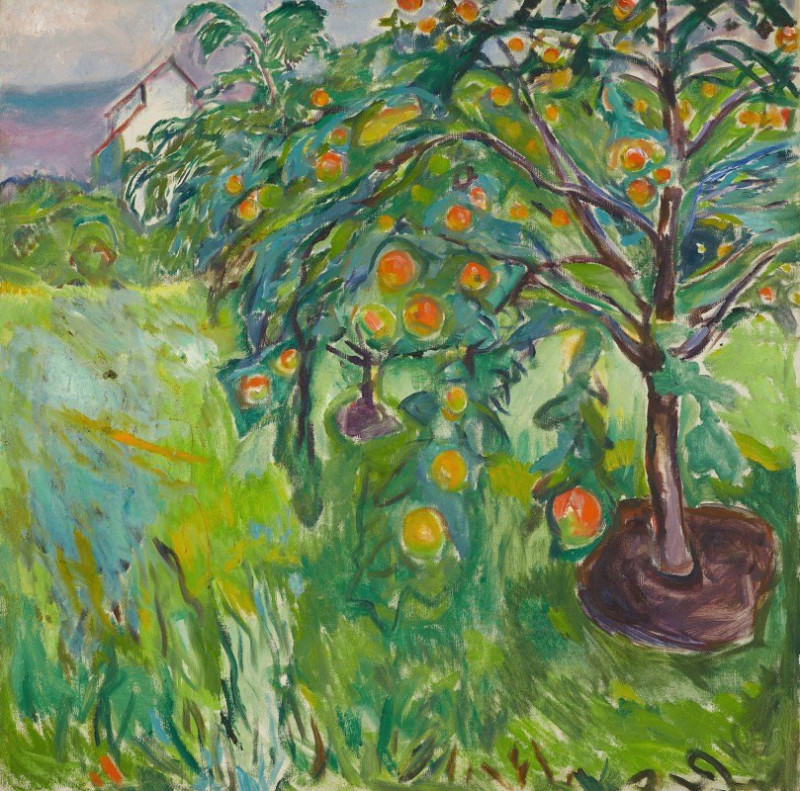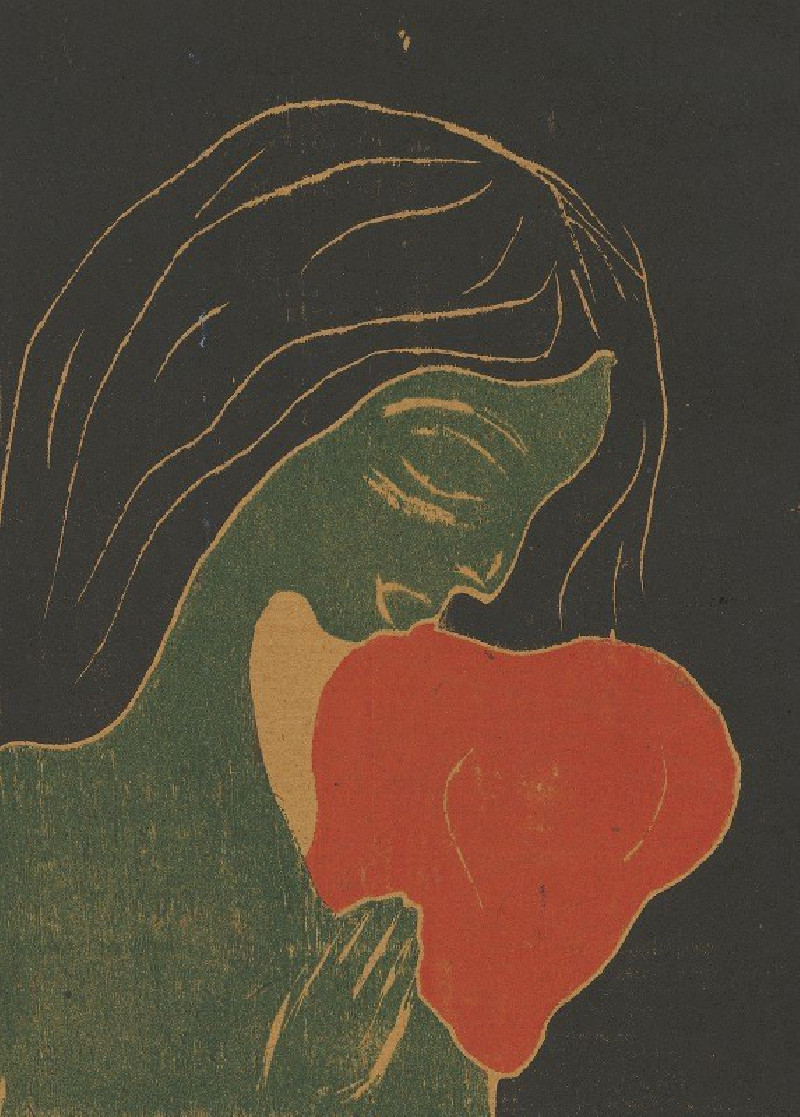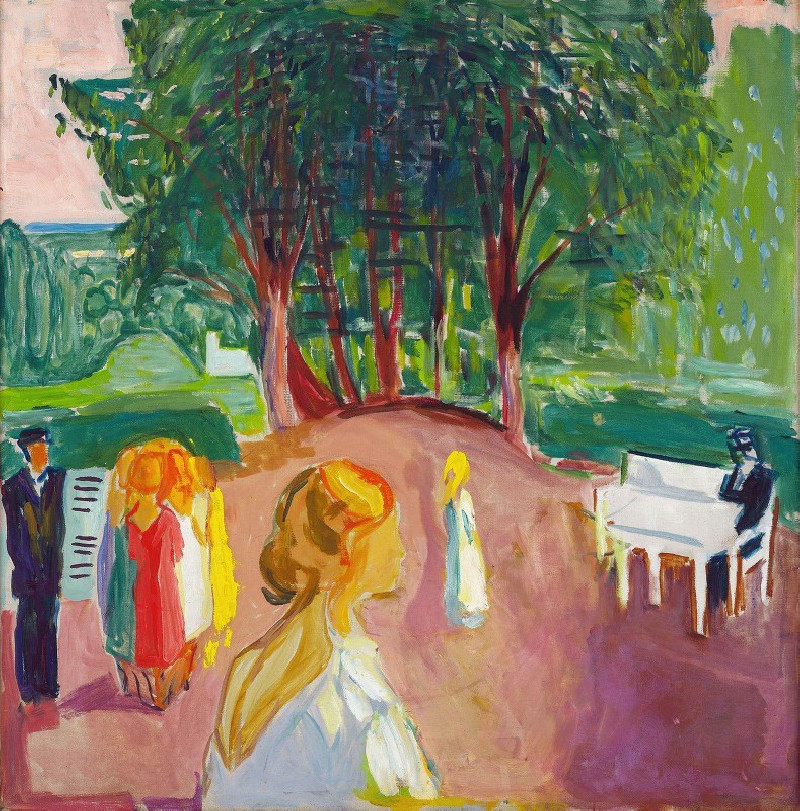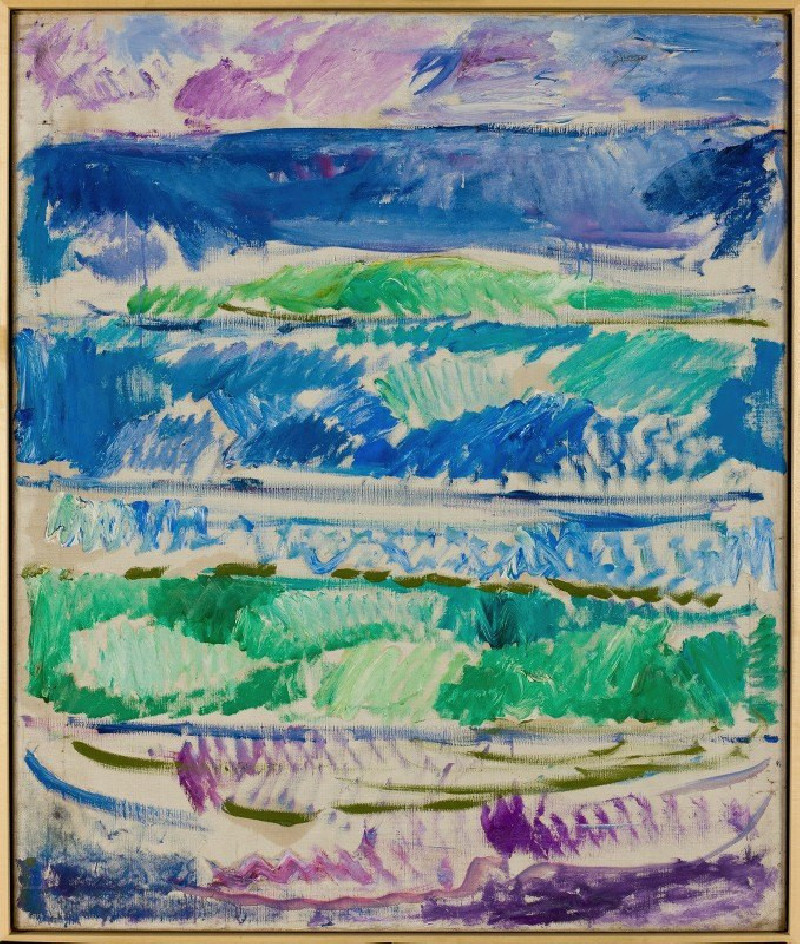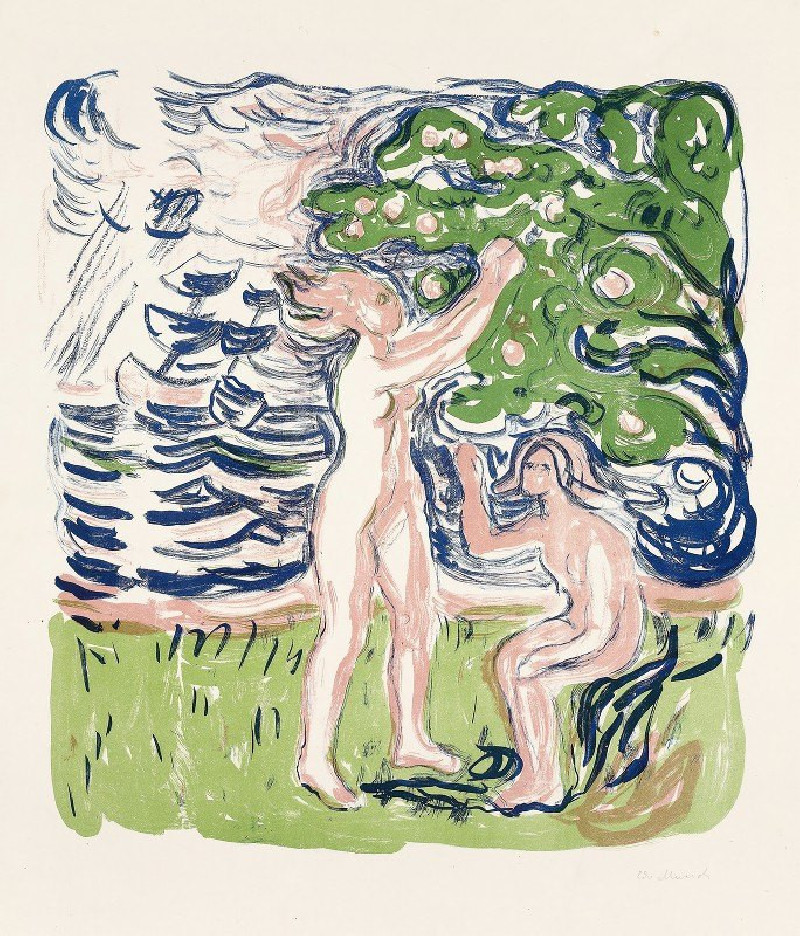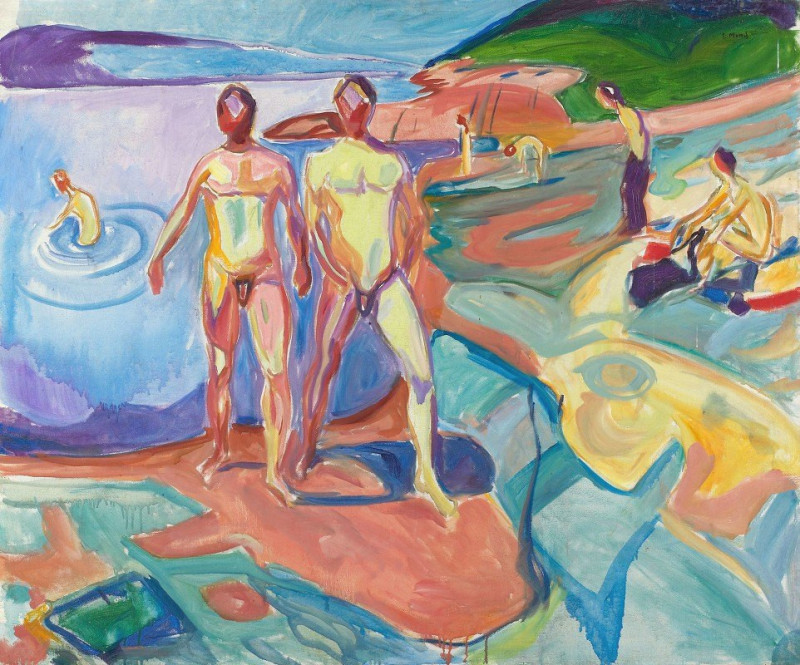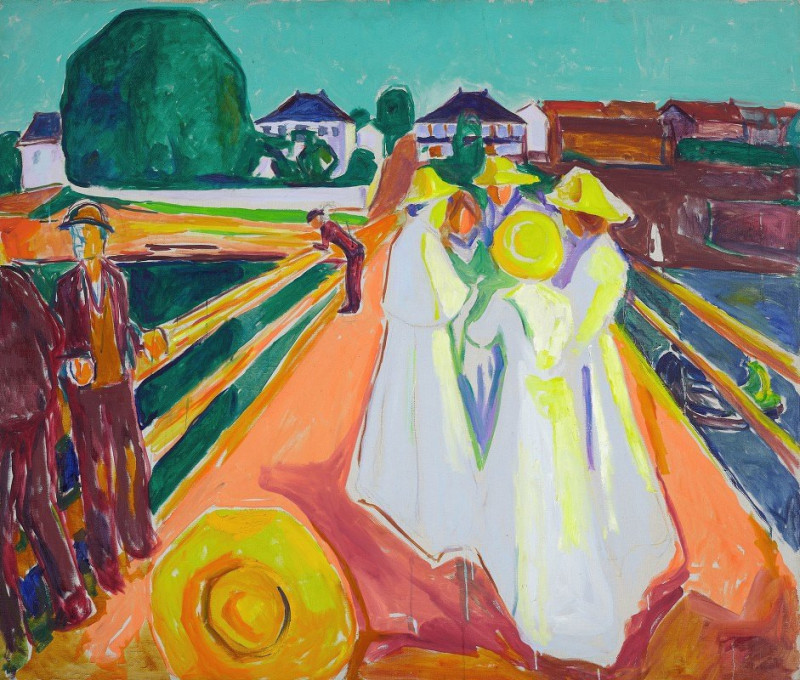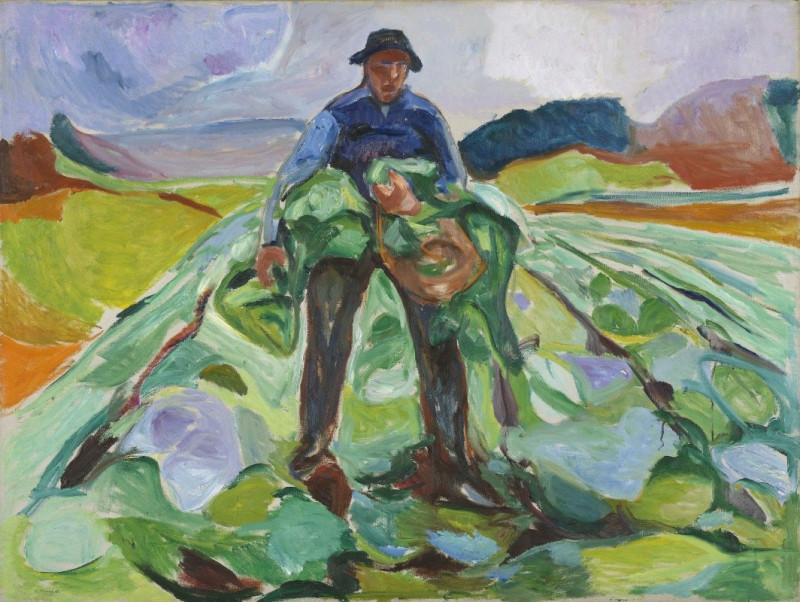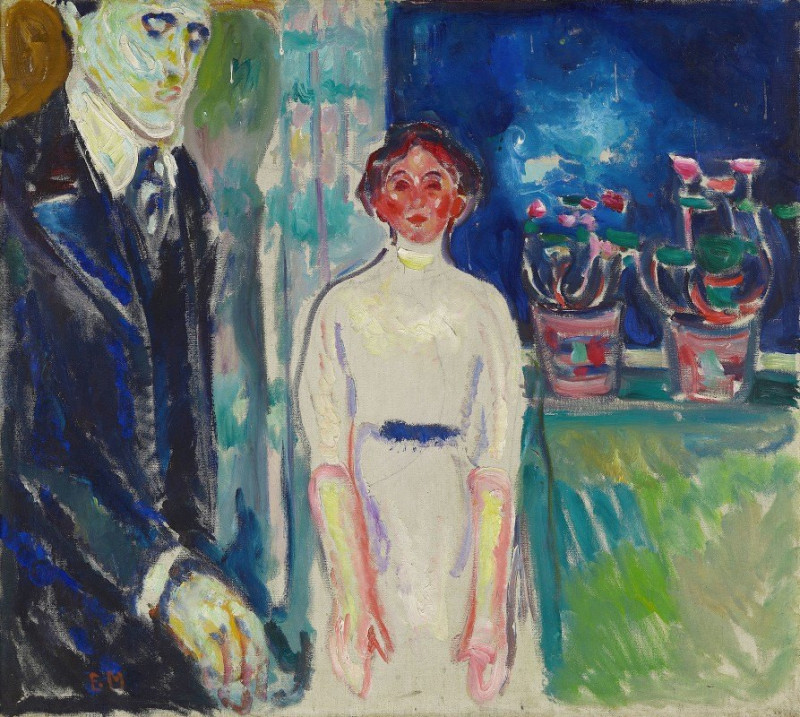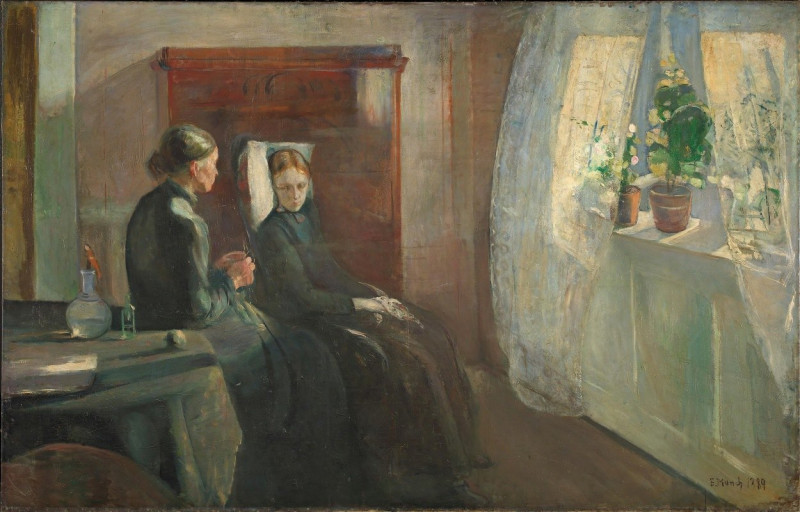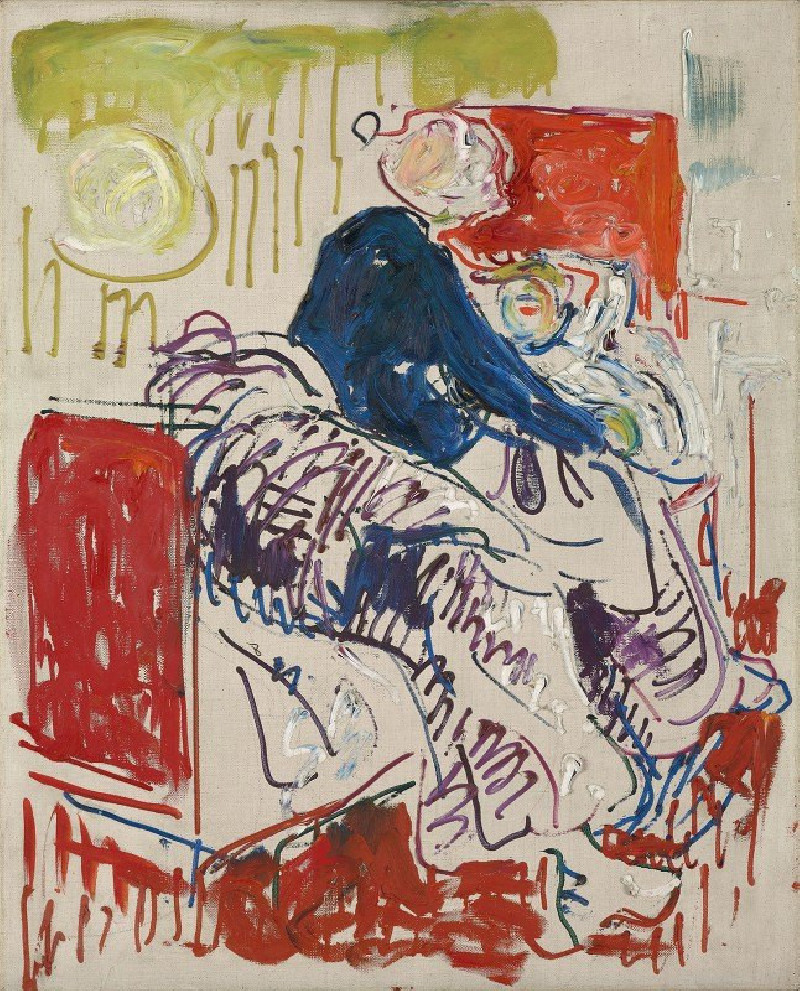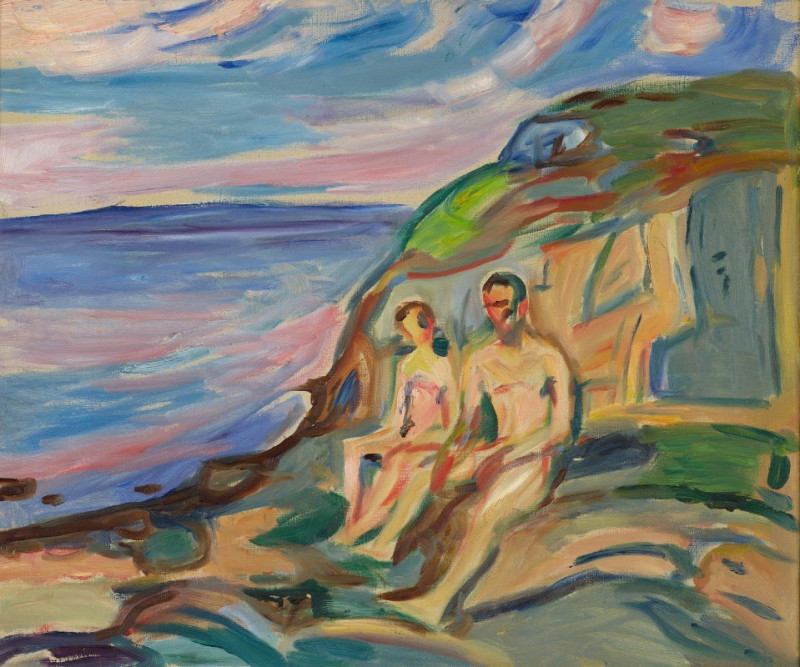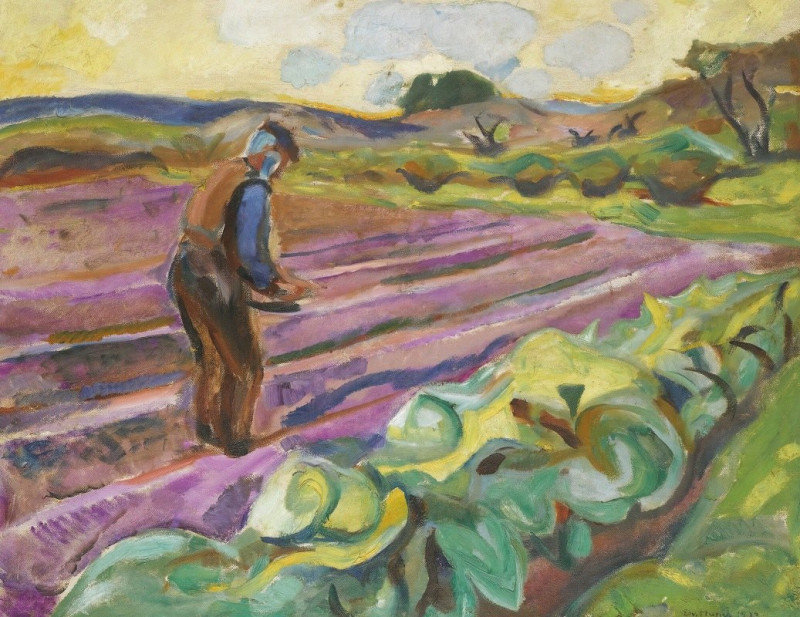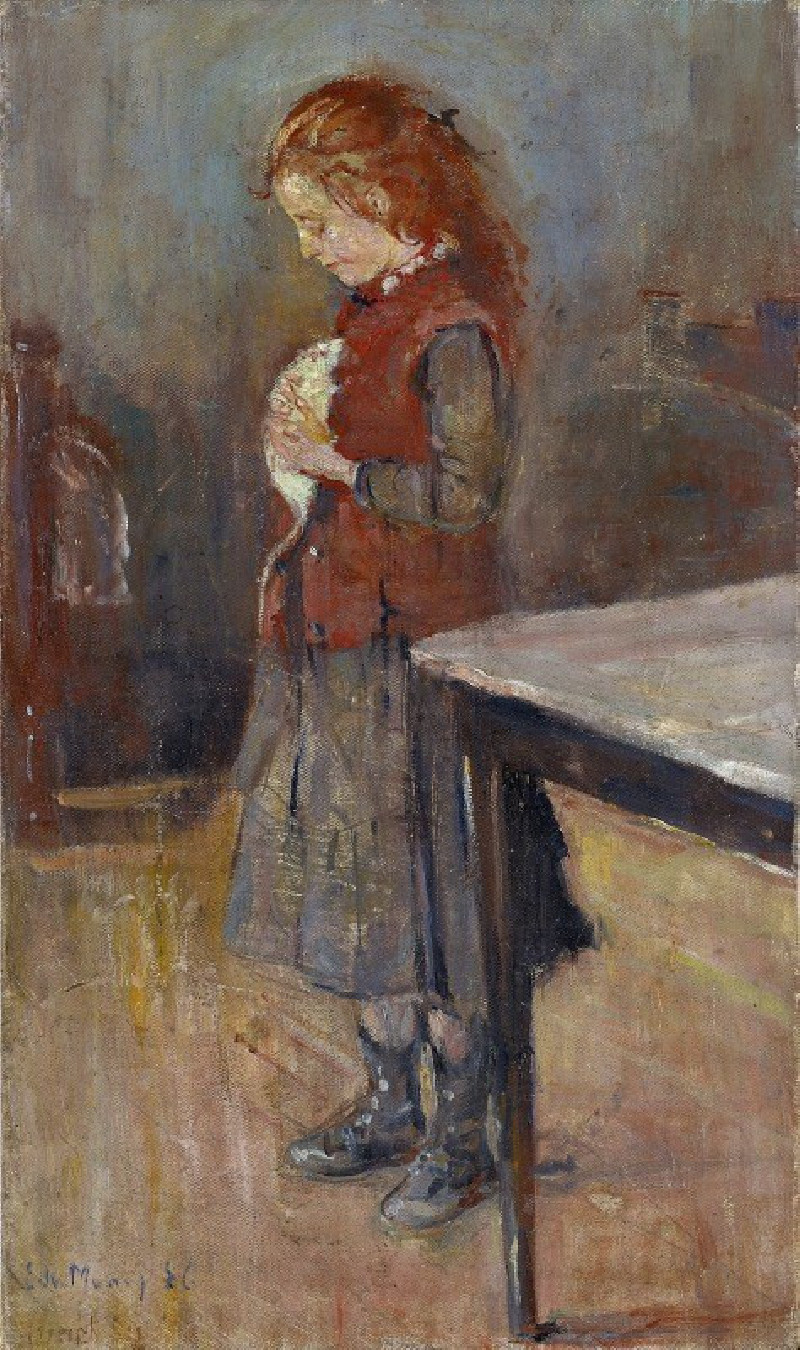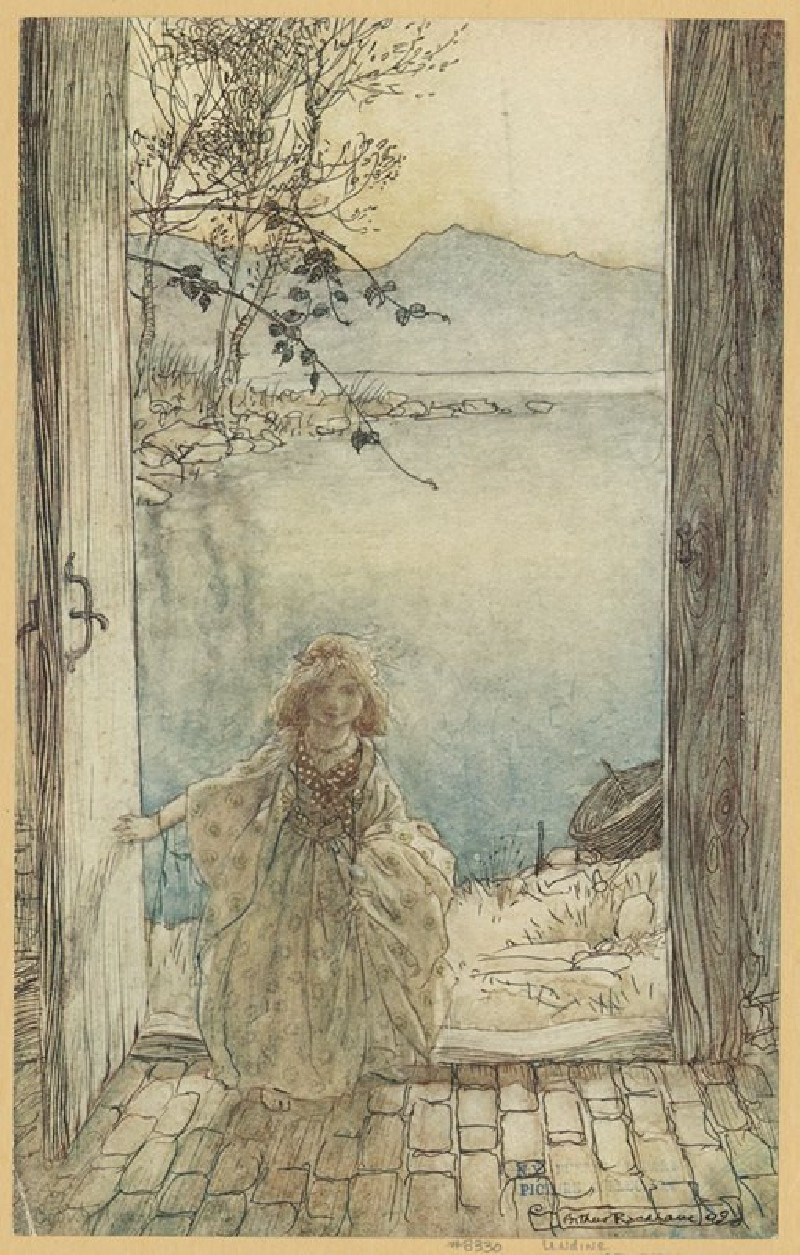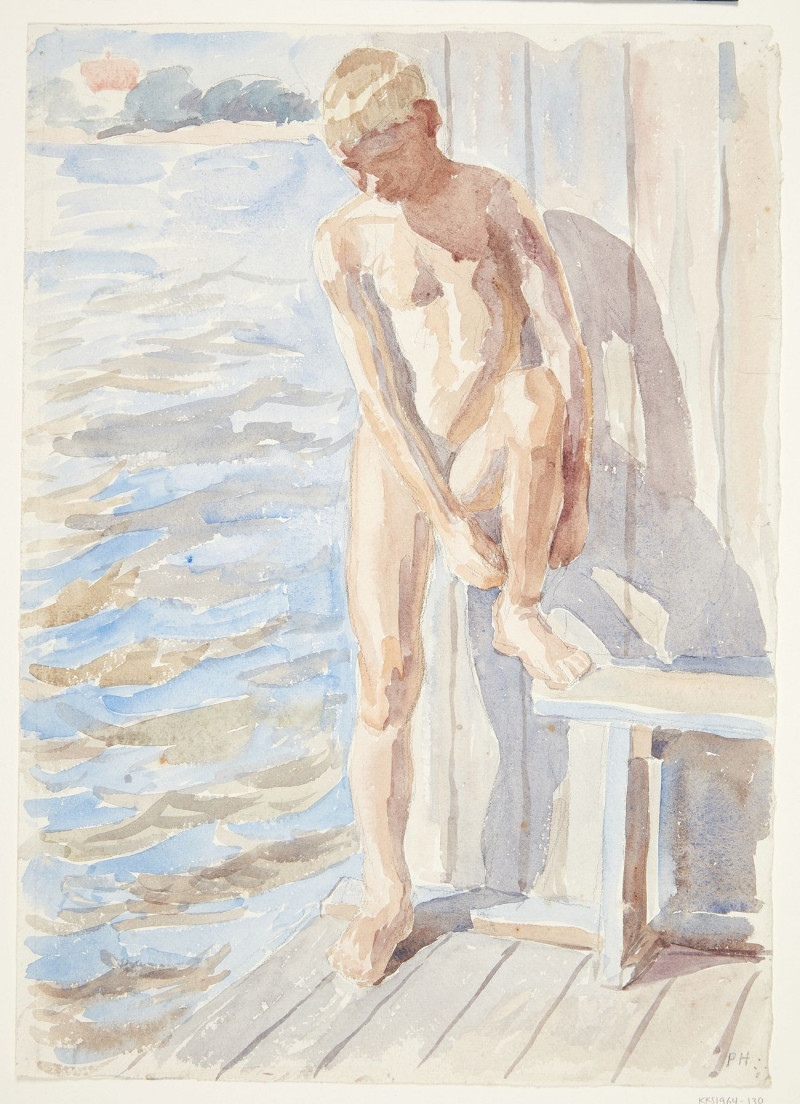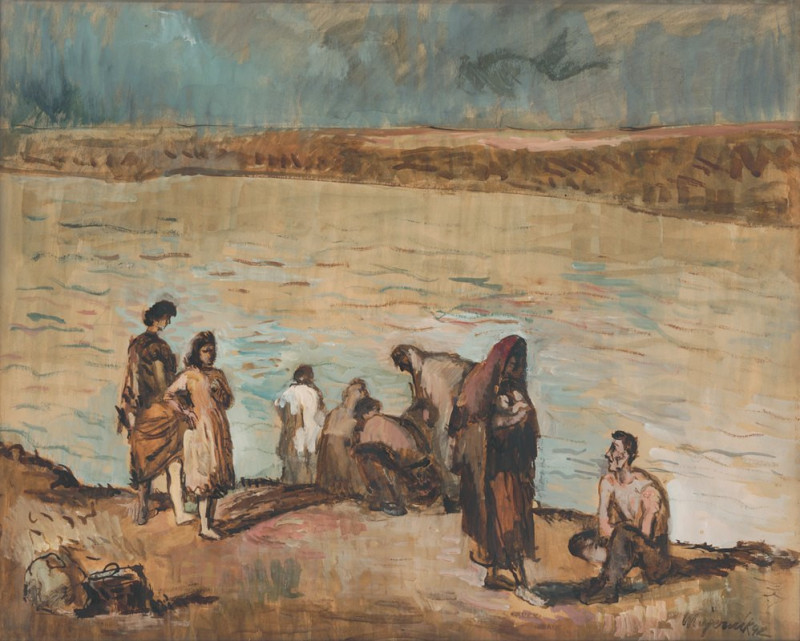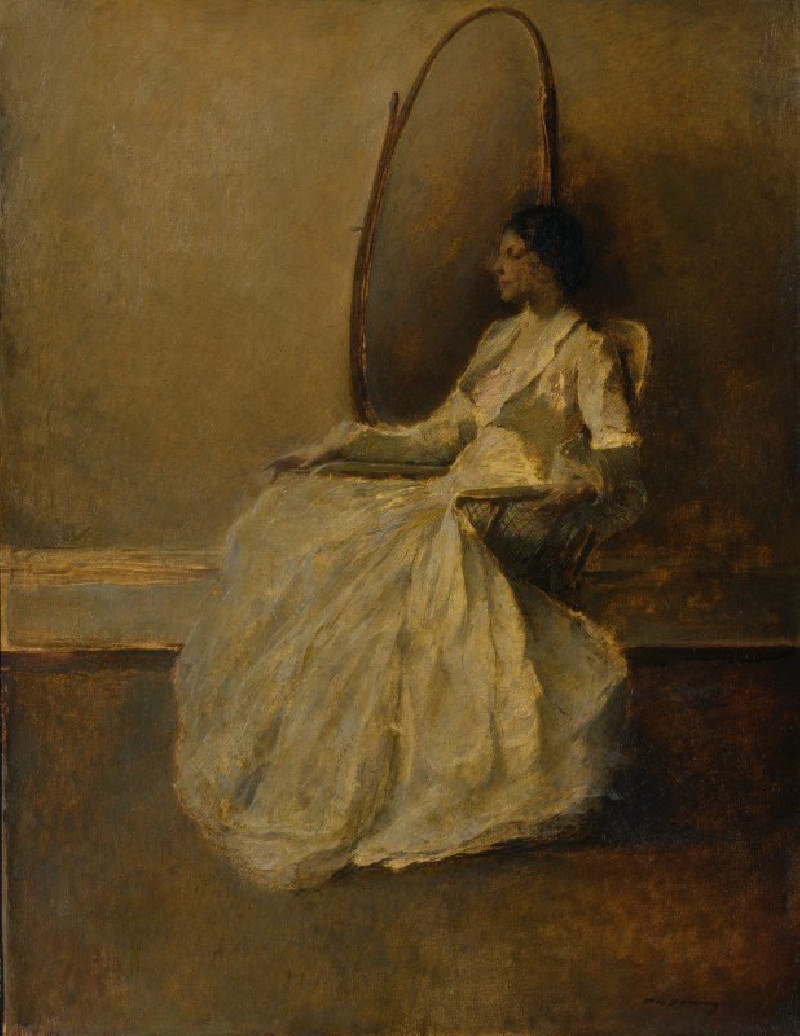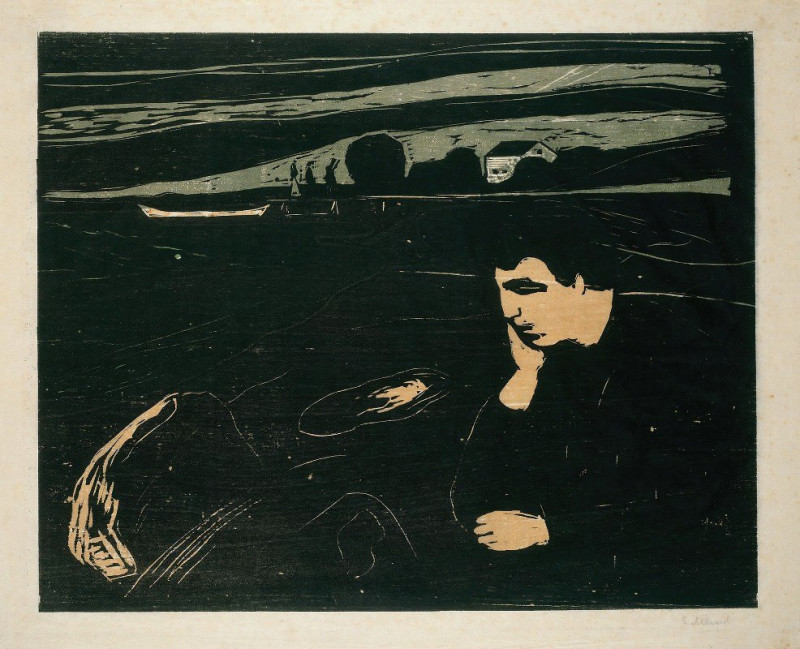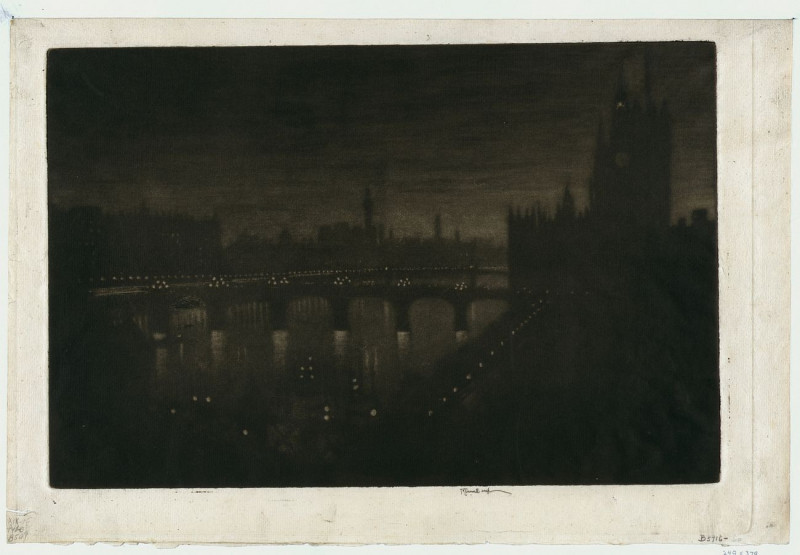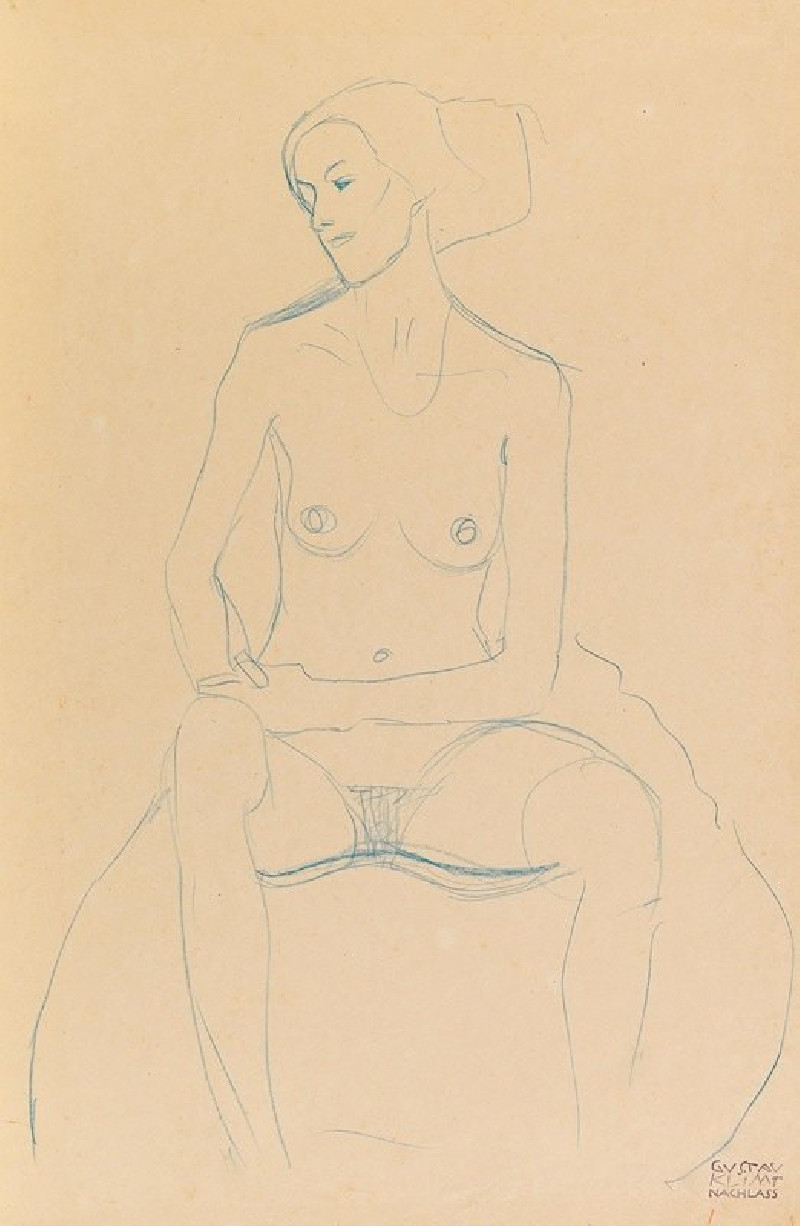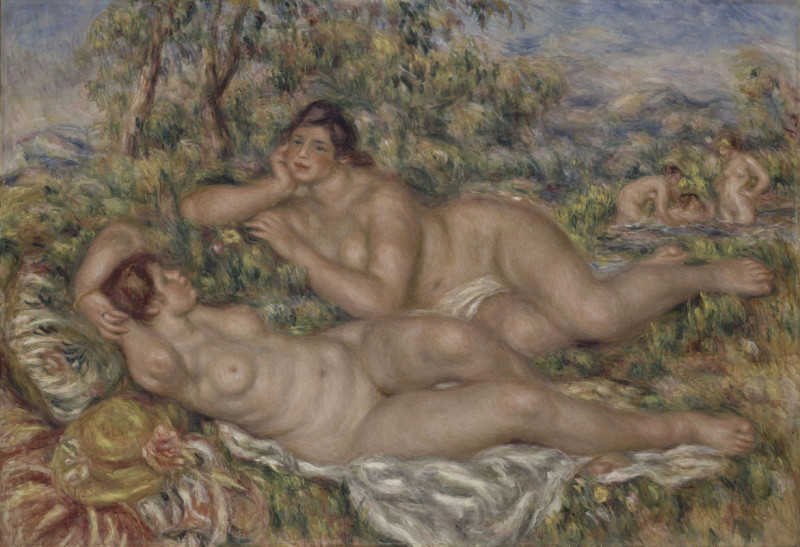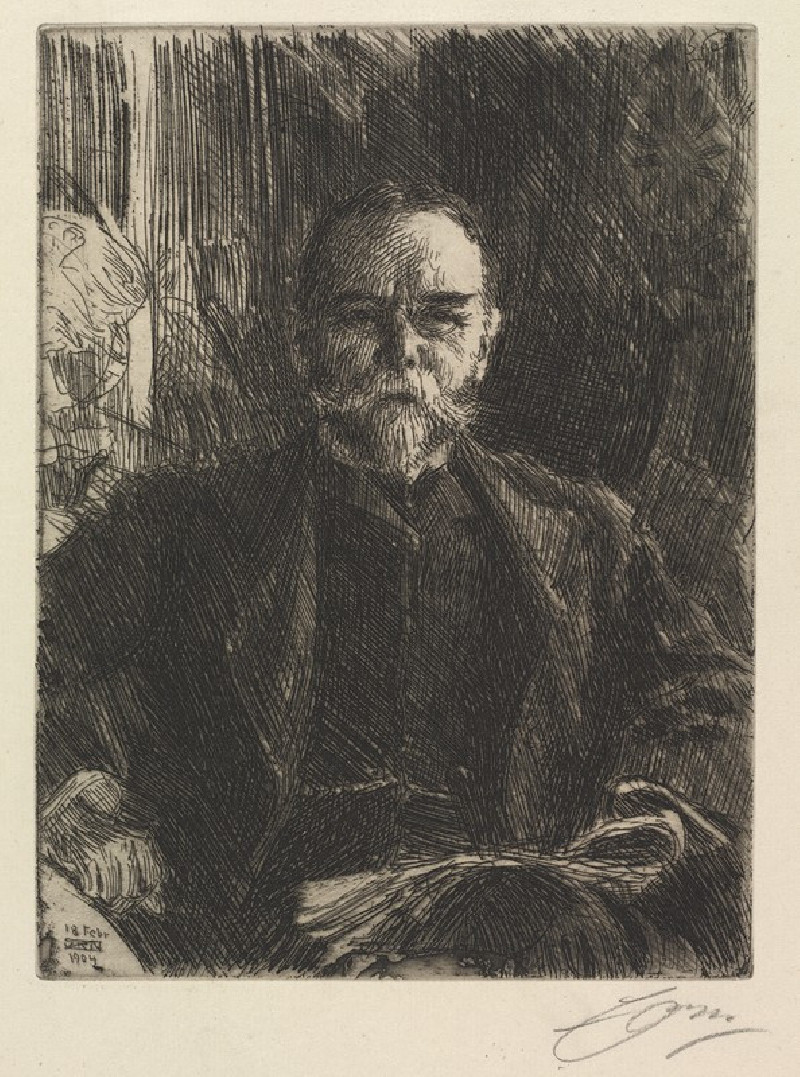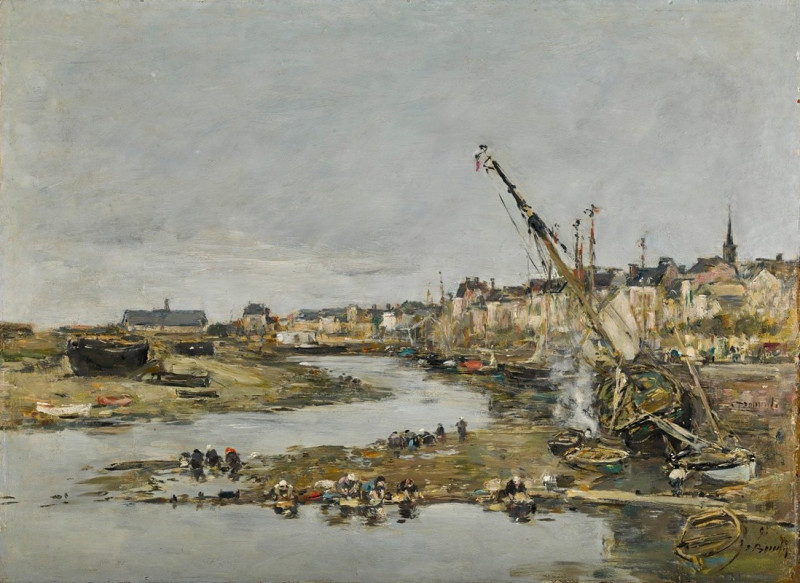Affen I und II (1908)
Technique: Giclée quality print
Recommended by our customers
More about this artwork
The painting "Affen I und II" by Edvard Munch, created in 1908, presents a collection of sketches of apes and monkeys engaging in various activities or poses. This artwork is executed in a loose, expressive style typical of Munch's sketches, which often aim to capture the essence and immediacy of the subject rather than detailed realism.In the painting, each monkey or ape is depicted uniquely, showcasing a range of positions and expressions. Some are seated quietly, seeming to be in deep thought, while others are shown in more dynamic postures, such as reaching out or hunched over. The most detailed sketch appears to involve two monkeys interacting closely, perhaps grooming each other, which is a common social behavior among primates.The choice to sketch these creatures may reflect an interest in their expressive potential and perhaps a commentary on human and animal conditions—a theme relevant to much of Munch's work, where psychological and emotional depths are explored. The contrast between the simplicity of the means (simple lines and minimal shading) and the complexity of the expressed behaviors and implied social interactions enrich the visual and thematic texture of the work.Overall, "Affen I und II" provides a fascinating glimpse into Munch's exploration of themes beyond human angst, applying his distinctive style to the animal kingdom and capturing an intriguing emotional resonance through his portrayal of primates.
Delivery
Returns
Edvard Munch (12 December 1863 – 23 January 1944) was a Norwegian painter. His best known work, The Scream (1893), has become one of Western art's most iconic images.
His childhood was overshadowed by illness, bereavement and the dread of inheriting a mental condition that ran in the family. Studying at the Royal School of Art and Design in Kristiania (today's Oslo), Munch began to live a bohemian life under the influence of the nihilist Hans Jæger, who urged him to paint his own emotional and psychological state ('soul painting'); from this emerged his distinctive style.



